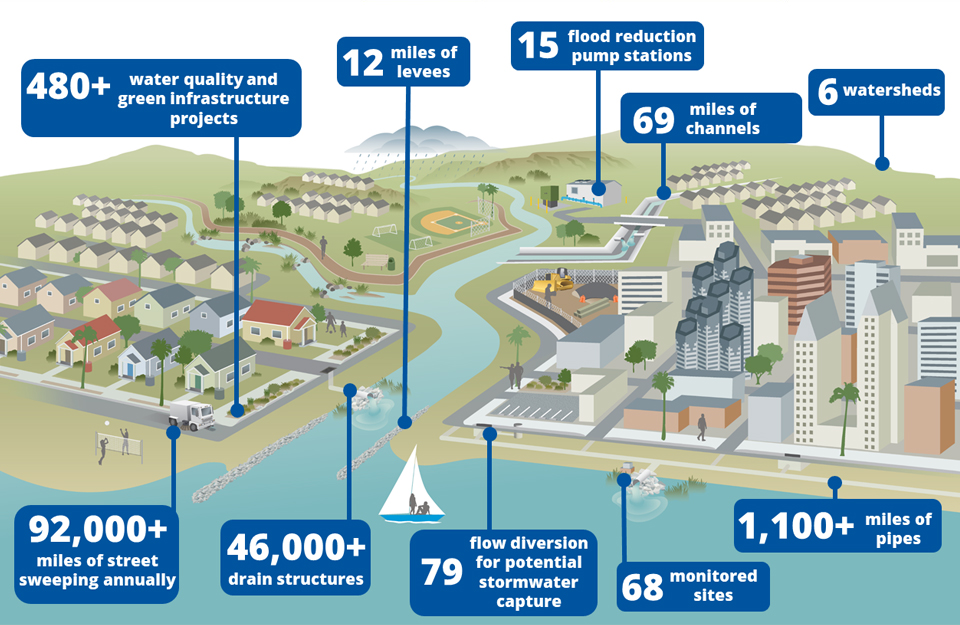Managing Stormwater
A Mounting Crisis for San Diego’s Stormwater System
The City of San Diego faces a massive challenge ahead as its aging stormwater system faces a $2.1 billion shortfall in needed funding to upgrade and modernize its infrastructure. Many San Diegans are unaware of the severity of the problem because much of the equipment and facilities are located underground or out of public view.
The City’s Stormwater Department has been doing all it can with the limited funding currently in place, but it’s simply not enough. Several factors have forced the City’s stormwater responsibilities to grow over time while funding remains stagnant. Those factors include increasingly strict water-quality requirements, aging and failing infrastructure (which requires costly emergency repairs), a changing climate with more extreme weather, and urbanization.
Modernizing stormwater infrastructure is essential to protecting our quality of life, safeguarding neighborhoods from flooding, and ensuring clean water and clean beaches for all. Managing stormwater helps our ecosystem in the following ways:
Decreases Water Pollution
Soil acts as a natural filter for rainwater, replenishing rivers and groundwater supplies with relatively clean water. This process is lacking in urban settings, where rain flows across hard surfaces, picking up debris, chemicals, bacteria and sediment before heading into storm drains, which lead directly into our streams, rivers, lakes, wetlands and ocean. That’s why one of the primary purposes of stormwater management is to detain stormwater and remove pollutants before reintroducing it into local waterways.
Mitigates Flooding and Erosion
When excess water falls on impervious surfaces, such as roofs and concrete, it runs rapidly rather than soaking gradually into the earth. This can cause flooding, erosion and infrastructure damage if not managed properly. With the correct stormwater facilities in place, runoff can be contained and controlled, preventing destructive floods and slowing soil erosion in the process.
When it rains, stormwater flows from roofs, sidewalks and other urban surfaces onto city streets, picking up pollution and trash along the way. Water that enters the stormwater system remains untreated, ultimately reaching the Pacific Ocean. That’s why it is important to keep our city and streets as clean as possible, maintaining the natural beauty that makes San Diego the place that we call home.
- Environmental Water Quality Status by City Council District (FY21)
- Community Flood Assessment by City Council District (FY21)
Stormwater Infrastructure Key Terms
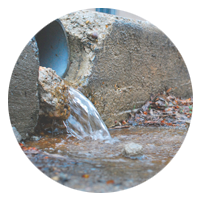
Curb/Street
A stone or concrete edging to a street or path
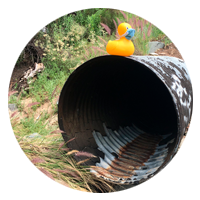
Pipe
A tube of metal or plastic used to convey water
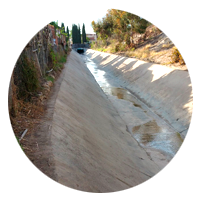
Channel
A permanent waterway designed to convey stormwater runoff
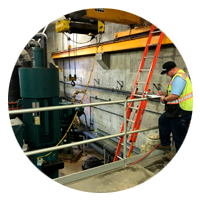
Pump Station
Machines and associated facilities that transport water from one site to another
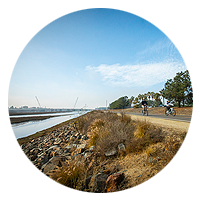
Levee
A natural or artificial wall that blocks water to prevent flooding
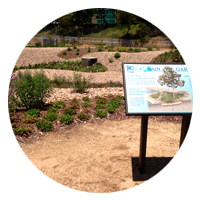
Green Infrastructure
An approach to water management that protects and restores the natural water cycle
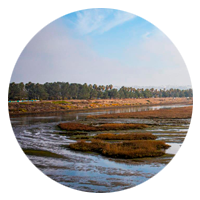
Watershed
An area or ridge of land that separates water flowing to different rivers or basins
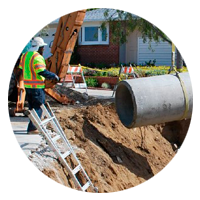
Drain Structure
A system of drains (pipes and subterranean tunnels) intended to collect and draw off groundwater from structures
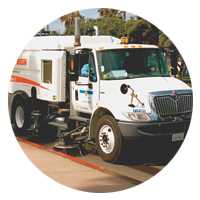
Street Sweeping
The use of machines to pick up trash from city streets
